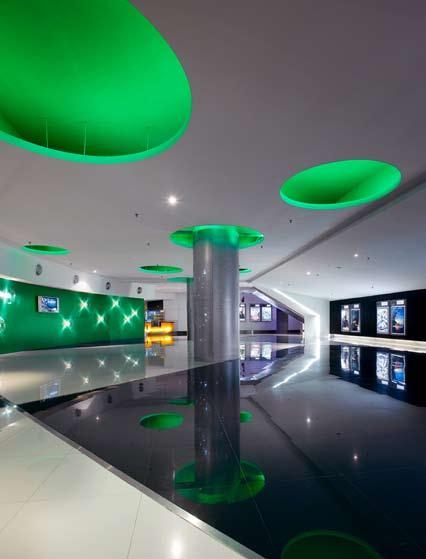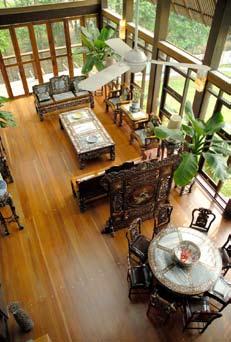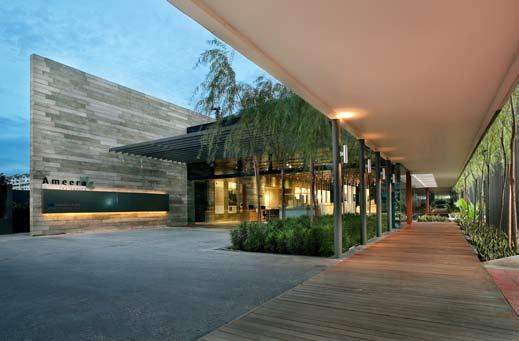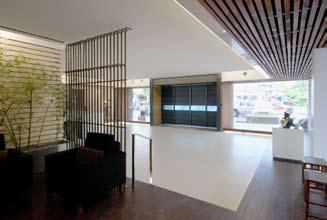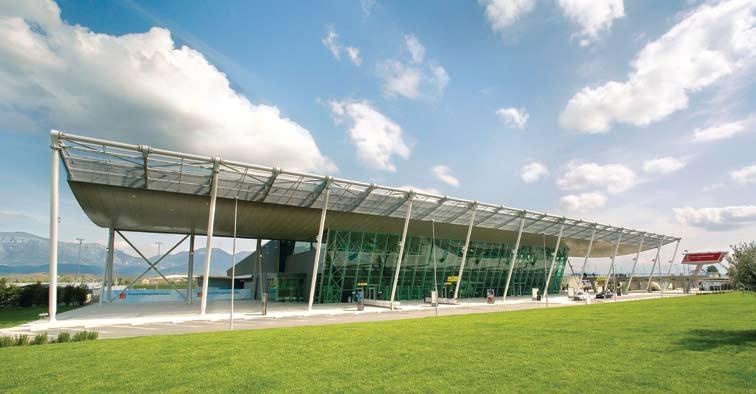
1 minute read
6 What is Quality Architecture?
MAP requires the commissioning Client to understand that all architecture should at least have the following basic properties:
•
Advertisement
•
•
•
Functionality
Firmness
Delight
Sustainability
‘Functionality’ means that the building must be practical and functional. It must work effectively for the purposes in which it was intended. No matter how aesthetically pleasing that a building may be, if it does not work, then it is a useless piece of hardware.
‘ Firmness ’ means that the building must be structurally stable and be environmentally effective in offering protection from the climatic elements as well as provide an acceptable level of internal comfort.
‘ Delight ’ means that it must be aesthetically pleasing. This is often difficult to prove or disprove but it should not be intentionally ugly.
There is no quantifiable standard to measure aesthetic value. Society cast values in accordance to their perception, cultural, experience and educational background. The enrichment of these values depends on the amount of exposure and inputs the society receives. If arts and cultures are not a priority, the level of sophistication is expectedly low. Conversely, if the society is aesthetically sophisticated, it will demand higher standards of building that are to be put in the existent environment.
‘Sustainability’ means that we should respect the natural environment. For example, its construction should not result in extensive devastation of the natural environment, extensive earthworks and siltation of rivers. It should use environmentally low-impact materials and systems. Its operations must not pollute the environment and create heat-island effect. Its internal engineering systems should be ecologically benign, It should engender recycling of materials, conservation of energy. There are many other aspects of good ecological design, which must go beyond simply meeting accreditation systems.
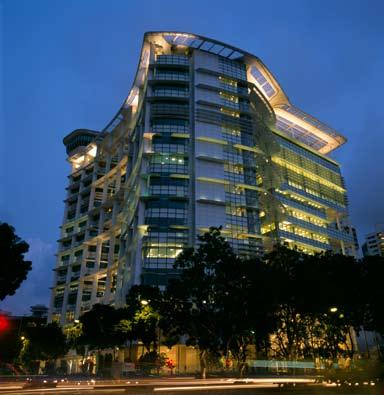
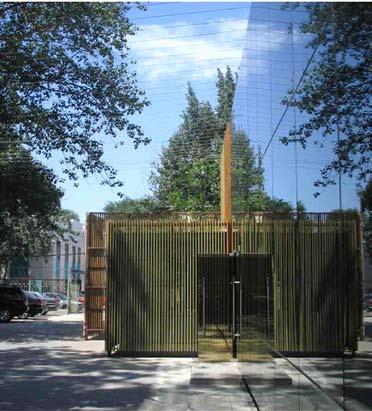
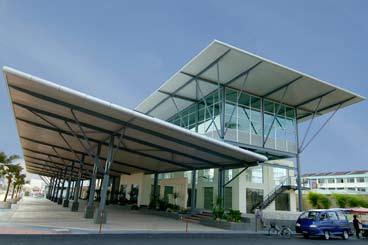
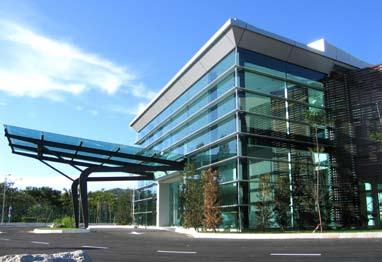
How can Key Public Buildings through MAP? Benefit the Community
MAP requires that the key public buildings commissioned by the Government and by the private sector should be the prime examples of addressing MAP in providing a quality built environment because of their high level of visibility and use.
They are icons that represent the country’s aspirations, achievements and unity. As such, they serve as paragon for other clients.
Such buildings include:
General Public Buildings
• (e.g. State Secretariats, District Offices, etc.)
• (e.g. airport buildings, museums, libraries, etc.)
•
Special Public Buildings
Major Public Housing
Signature Public Buildings
• (e.g. Headquarter Buildings of governmental corporations, convention centers, sports buildings, stadiums, etc.)
Utility Buildings
• (e.g. telecommunication towers, etc.)
For this purpose, MAP demands high standards and quality are to be expected of public buildings. They should have similar high standards of maintenance, operation and sustainability.
